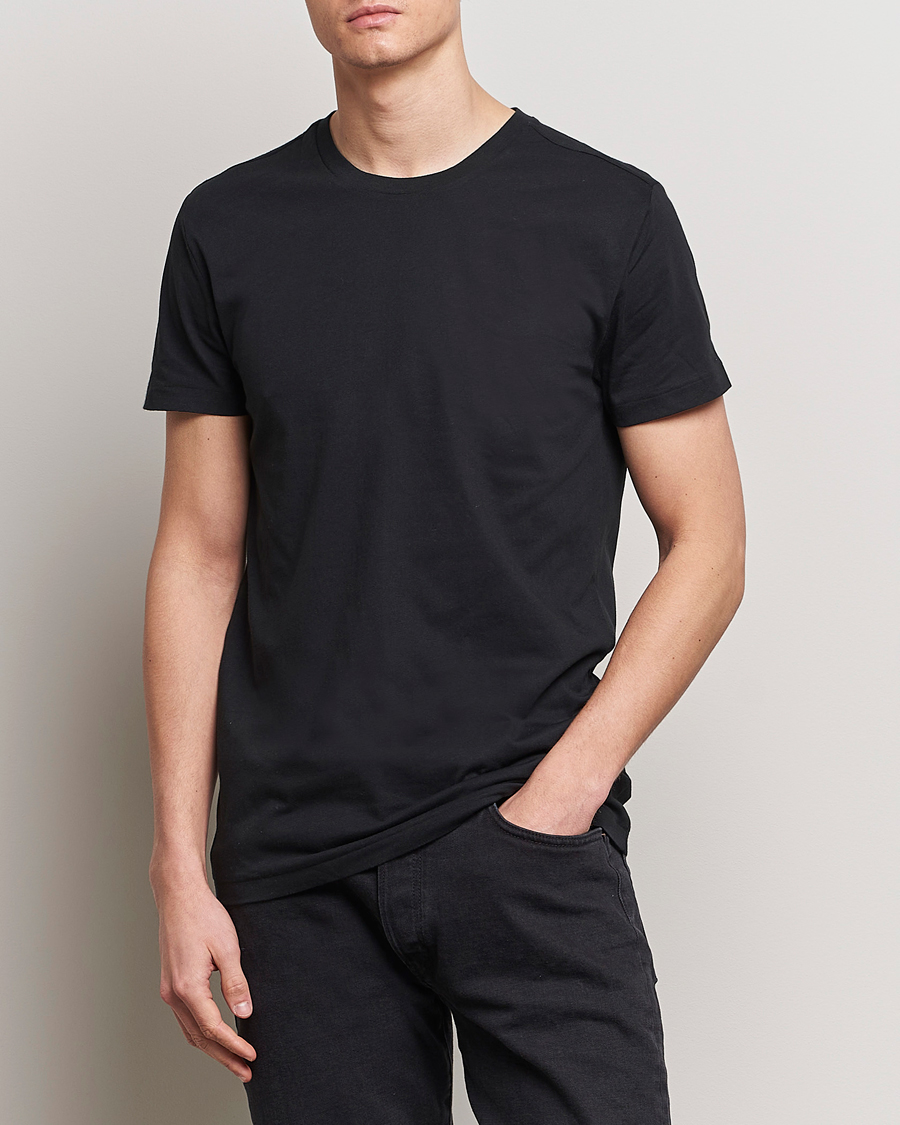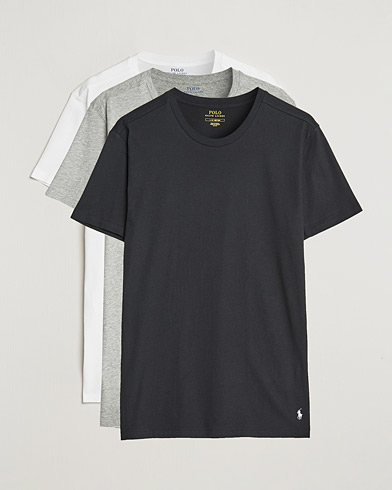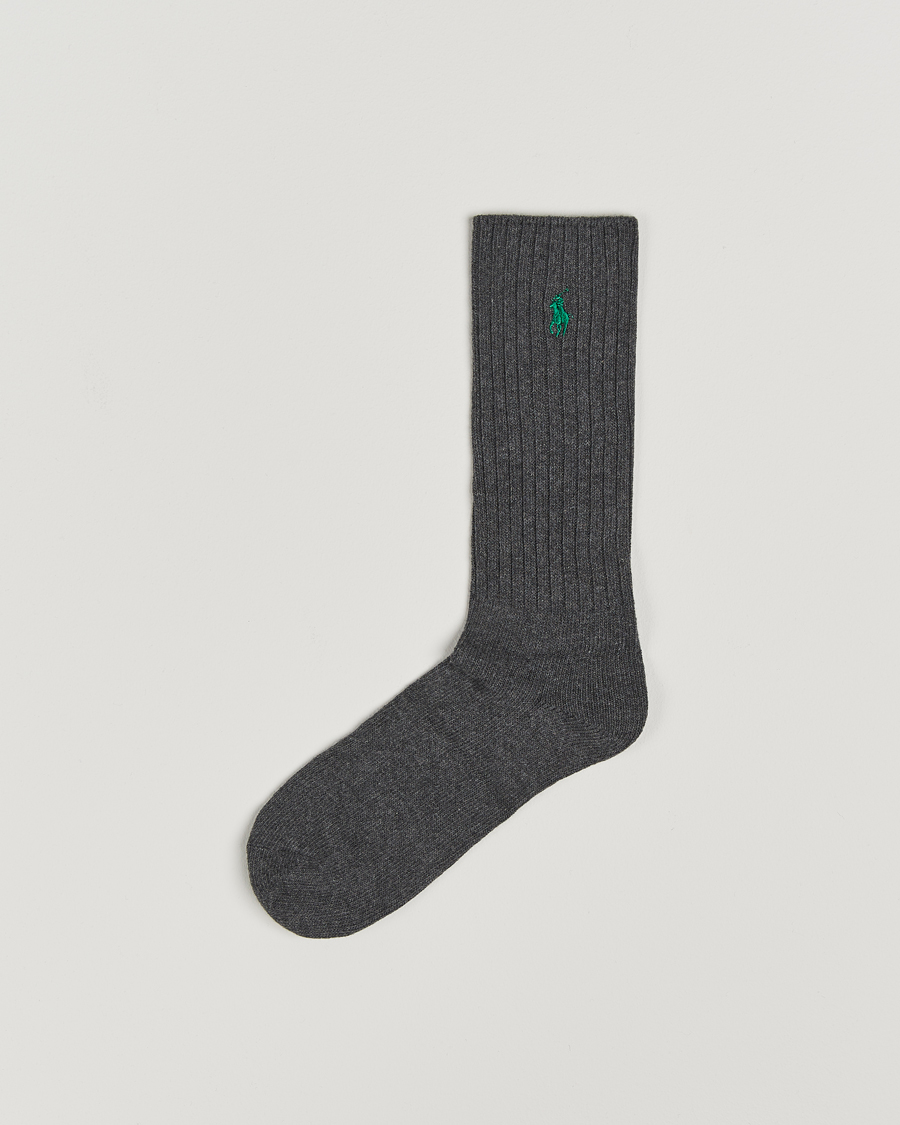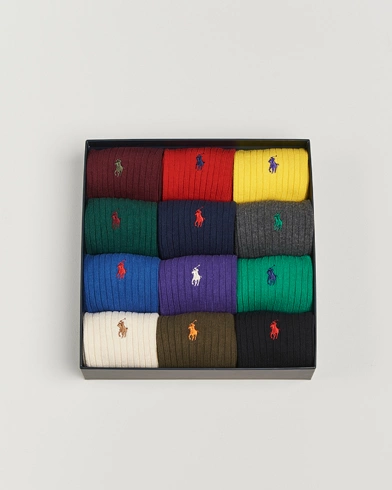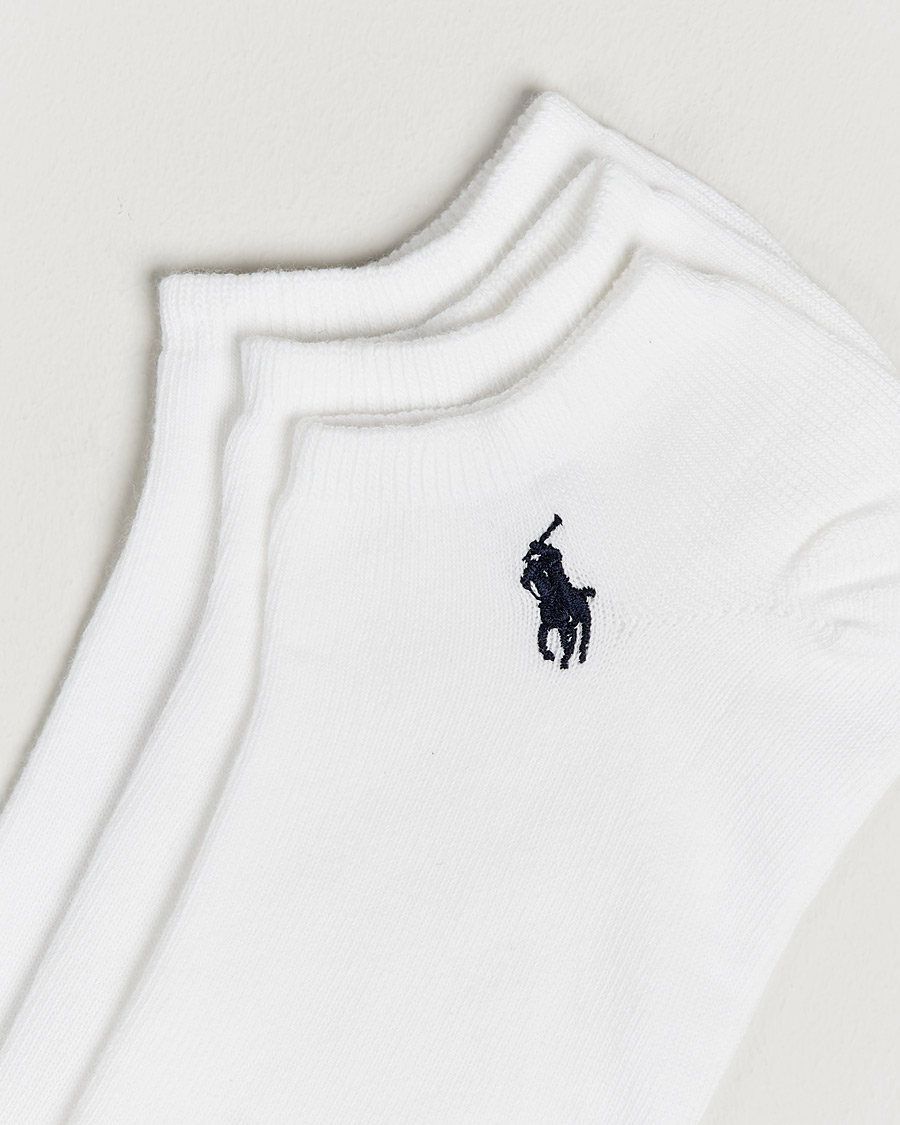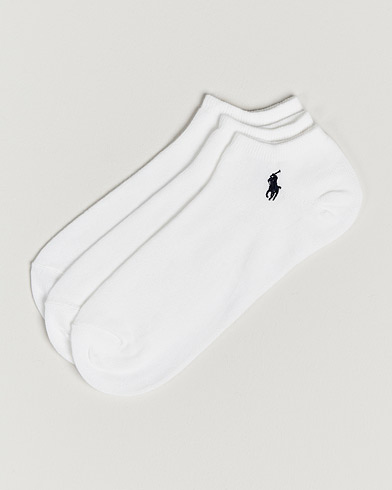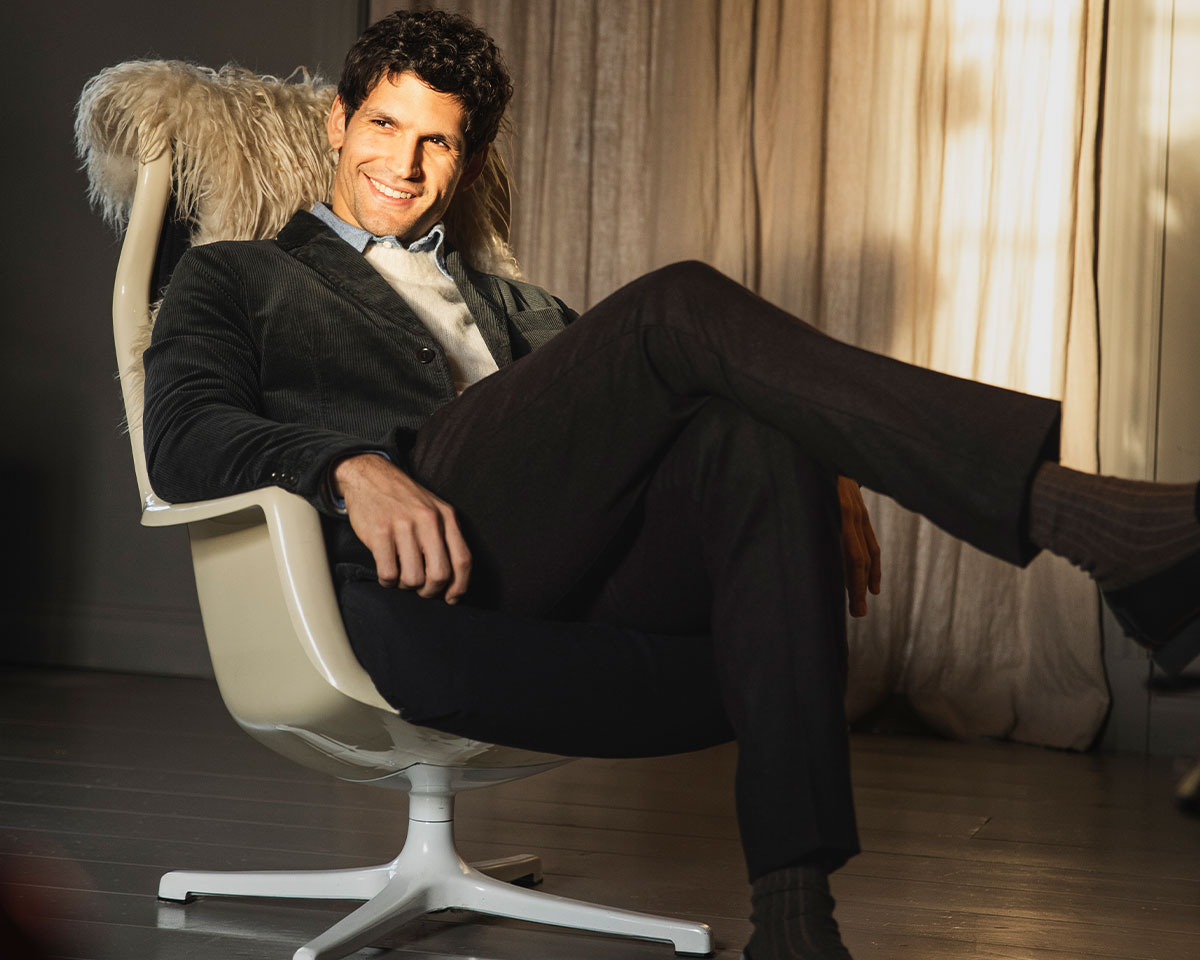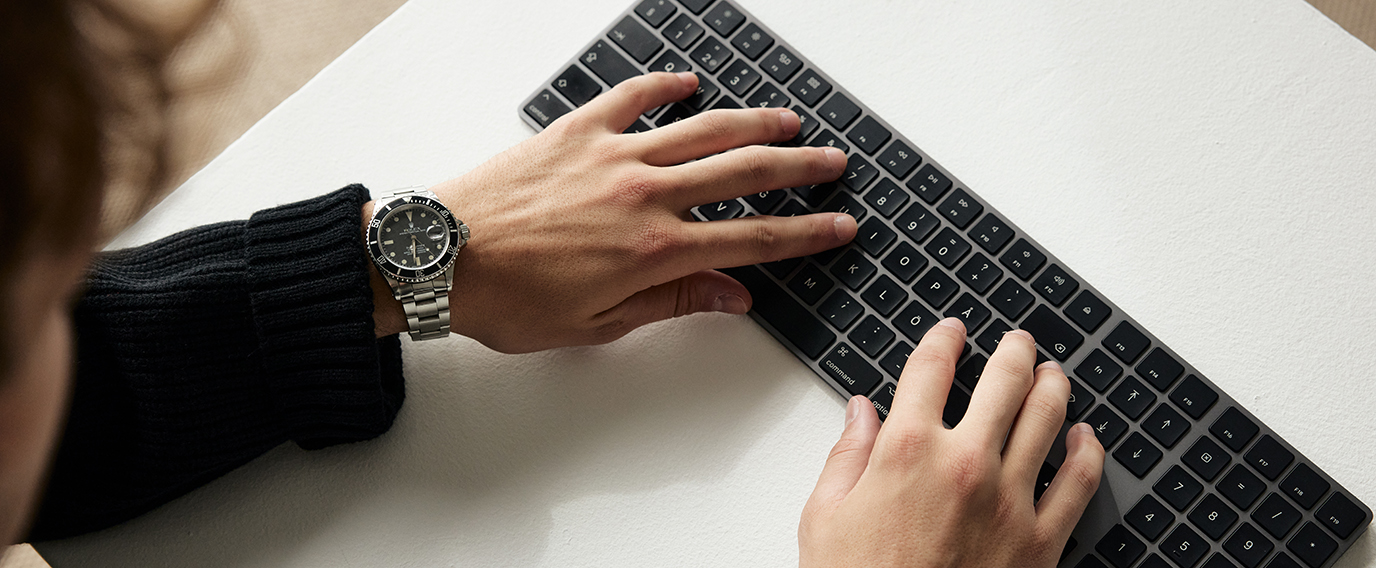
Rolex Submariner ? A timeless icon beneath the waves
photo: gustaf peterson
text: joakim rönnqvist
The Rolex Submariner has achieved iconic status not only among watch enthusiasts but also among adventurers and divers worldwide. In this article, we will explore the history behind the Submariner, its technological advancements, and what you should keep in mind if you are considering buying one.
The story behind the Rolex Submariner
To understand the Rolex Submariner, we must first travel back to 1953 when the first model saw the light of day. Some say the watch originated in a collaboration between Rolex and adventurer Jacques-Yves Cousteau, who required a reliable watch for his diving missions. The original Submariner was water resistant up to 100 metres and had automatic movement, a revolutionary technical feat at the time.
Over the years, the Rolex Submariner has undergone several improvements and has evolved into the watch we know today. It is now water-resistant up to 300 metres and is equipped with Rolex's in-house developed movement, calibre 3235, which offers outstanding precision and reliability.
What makes the Rolex Submariner unique?
One of the most prominent features of the Rolex Submariner is its iconic design. The distinctive black dial, the luminous markings and the characteristic Mercedes hands means it is easily recognisable. In addition, it has a simple yet elegant stainless steel case, known for its durability. The Submariner is a watch that looks just as good at the board meeting as it does underwater.
The model has not only attracted divers and adventurers, but also some of the world's most prominent celebrities and leaders. From James Bond to the stars on the red carpet, the Submariner has been a constant companion on the wrist of those who strive for exclusivity and performance.
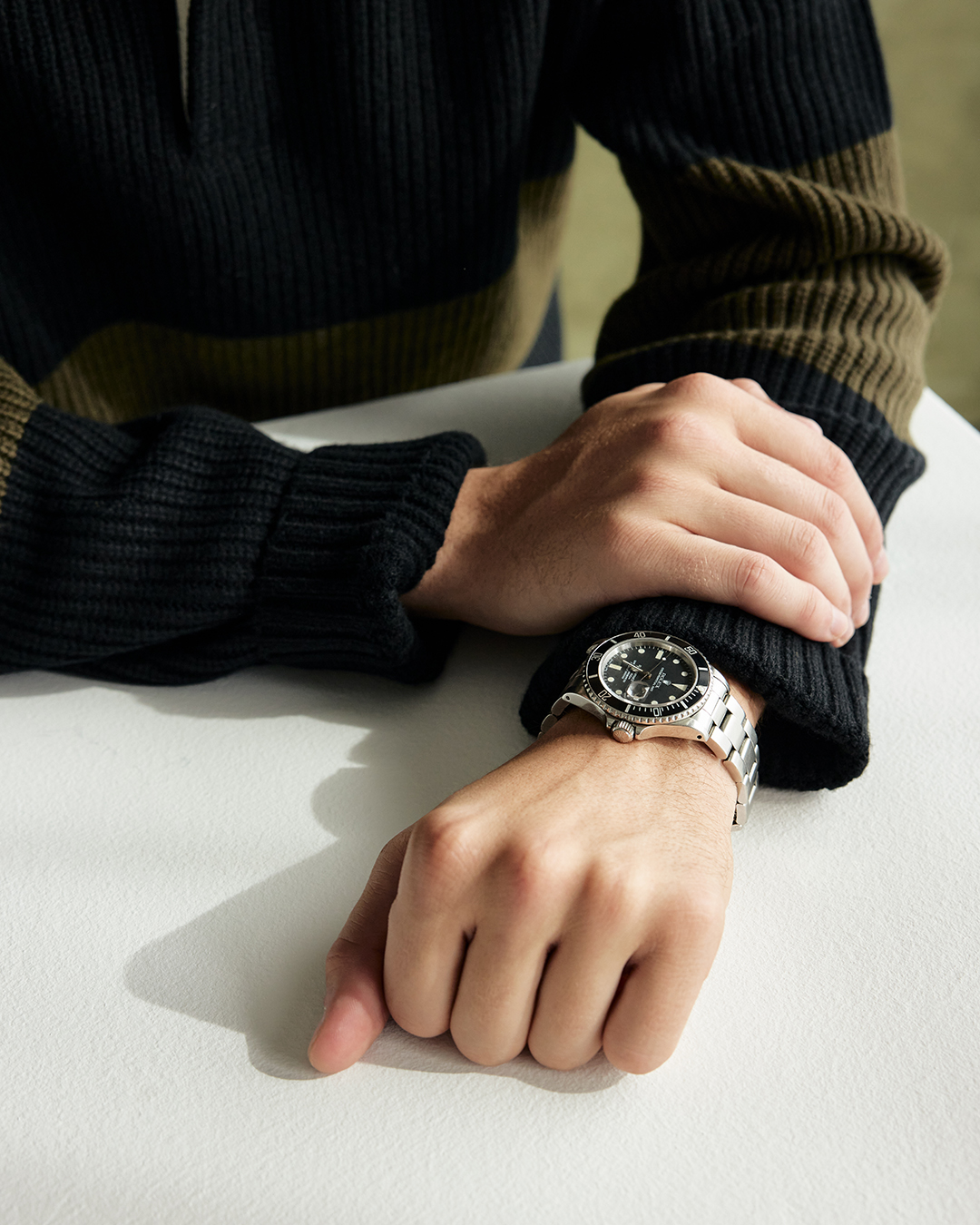
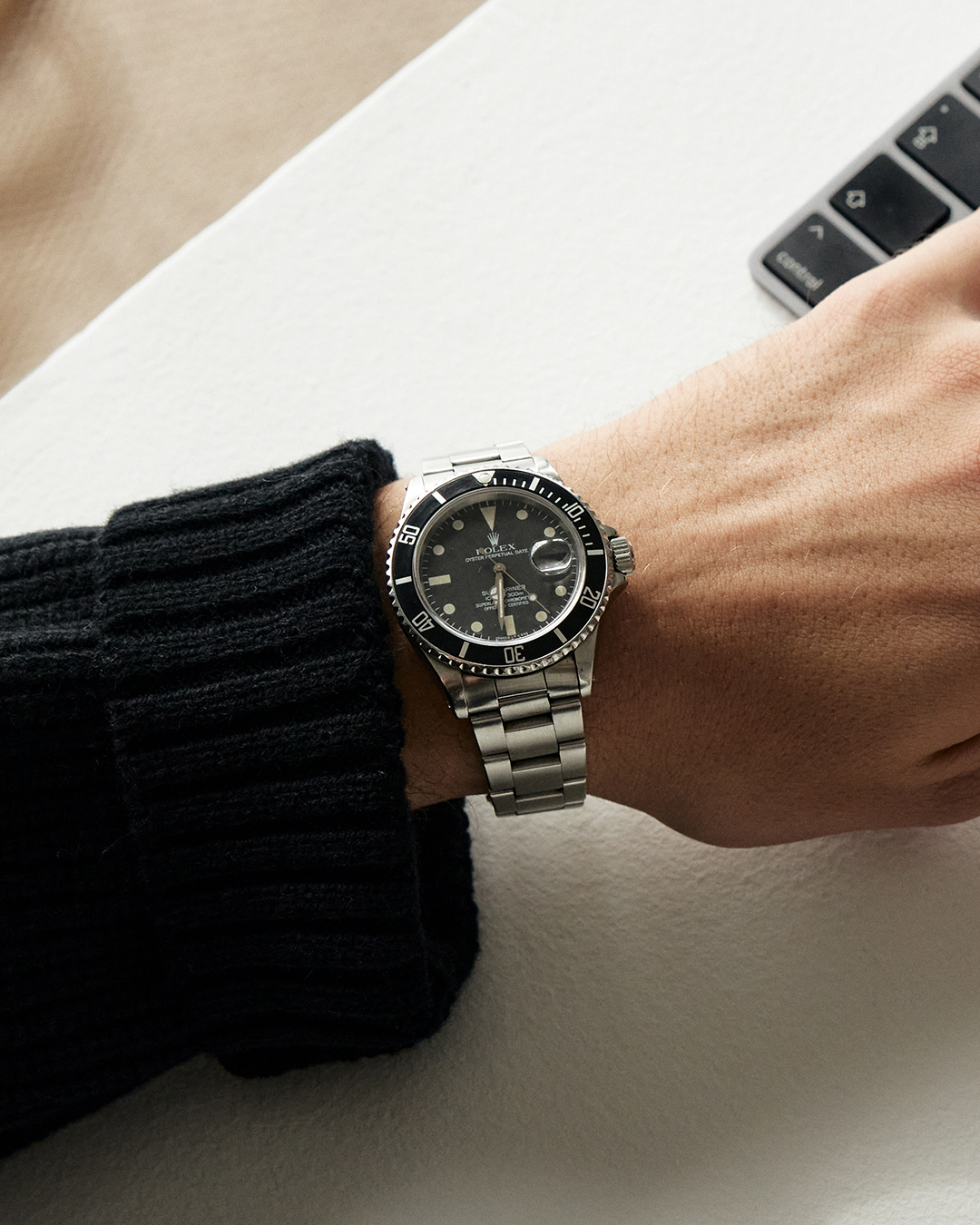
Your own Rolex Submariner
Cartier Tank, Louis Vuitton bags, Loro Piana with their Open Walk - what do they all have in common with the Rolex Submariner? Well, all of these are iconic designs that have been copied by hundreds, if not thousands, of counterfeiters.
Whether you are buying a Submariner from the 70s or a brand new one straight from the high street, the design has largely remained unchanged since launch. Of course, the model has undergone technological advances, but its characteristic design has remained recognisable year after year. Show a picture of a Submariner, and most people will immediately recognise it.
Three particularly interesting references
Rolex Submariner 6538 (1956-1959) If you find this watch in your grandfather's old chest of drawers, you can thank your lucky stars, because this particular reference sells for incredible sums at today's auctions. It is known as "The Bond Submariner" in watch circles, as Sean Connery wore such a watch in the movie Dr. No, where it is clearly visible in the picture.
Rolex Submariner 5512 (1959-1980)
With the arrival of this reference, all the pieces fell into place and the underlying design of the watch remained the same for well over 20 years. The model was an amalgamation of various elements that had succeeded with the previous eight versions of the Submariner, here brought together for the first time. Reference 5512 had a 40mm case, Mercedes hands and the introduction of a crown guard. In fact, everything you will find on the modern version of Rolex's iconic dive watch (more or less) had its beginnings here.
Rolex Submariner 16610LV (2003-2010)
In 2003, the Submariner celebrated 50 years. Rolex marked this occasion with a new model with a green bezel, the ref. 16610LV, 'LV' standing for Lunette Verte, which means "green bezel" in French. Although green is a popular colour for Rolex as a manufacturer, this was the first time they used green in the design of their world-famous diver's watch. This model was quickly nicknamed "Kermit" by collectors and has since become one of the most sought-after variants of the Submariner's neo-vintage era.





